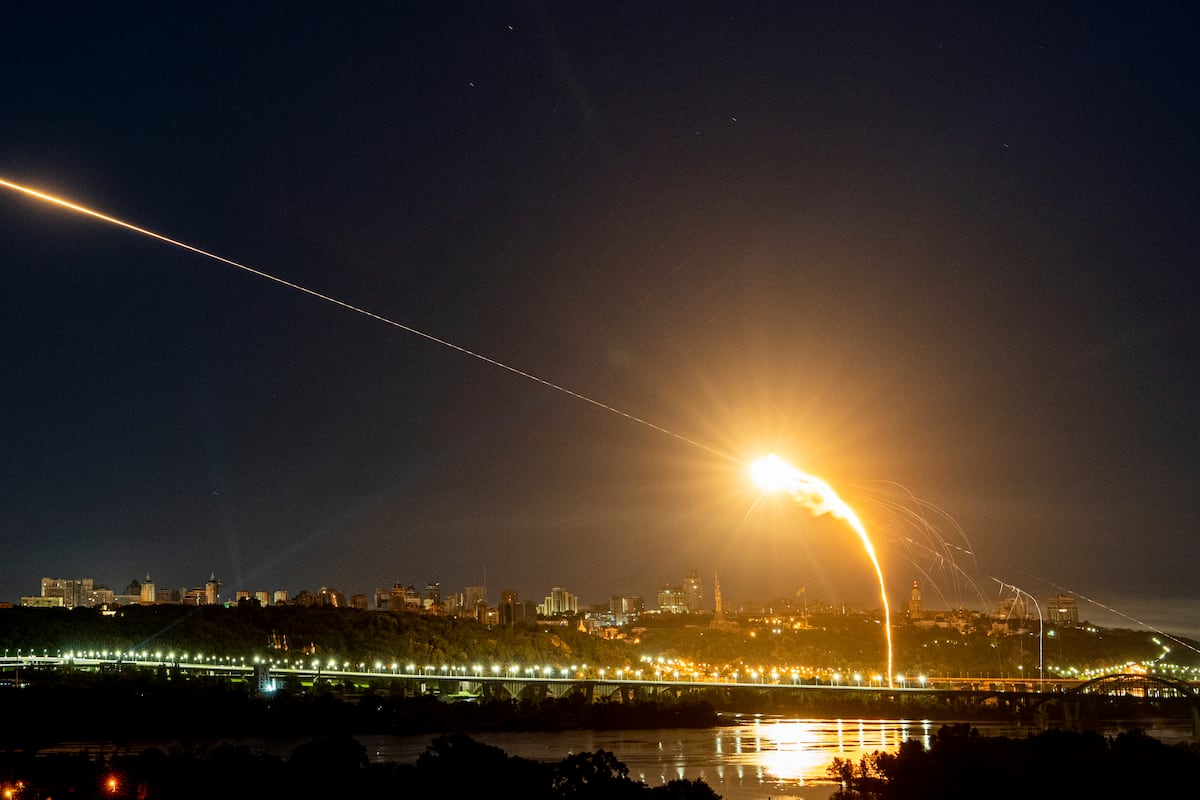Key Takeaways
- The U.S. Army and NATO allies are implementing a new plan called the “Eastern Flank Deterrence Line” to counter Russian threats.
- The plan focuses on developing interoperable, data-driven military systems and standardizing launchers and coordination approaches.
- Key capabilities include advanced data-sharing systems, optionally manned assets, and cost-effective solutions for interoperability among NATO forces.
New Initiative for European Defense
The U.S. Army, in collaboration with NATO allies, has unveiled the “Eastern Flank Deterrence Line” during the Association of the U.S. Army’s LandEuro conference in Wiesbaden, Germany. This initiative aims to bolster defense capabilities against Russian threats while enhancing military-industry cooperation across the alliance.
Gen. Christopher Donahue, commander of U.S. Army Europe and Africa, emphasized the urgency of developing standardized and data-driven systems for military effectiveness. The focus will first be on the Baltic states, aiming to clarify requirements for both allied nations and military industries. The ultimate goal is to improve ground-based deterrence capabilities.
Highlighting the significance of land warfare, Donahue stated, “The land domain is not becoming less important; it’s becoming more important.” He provided an example of NATO’s strategic positioning regarding Kaliningrad, where U.S. and allied forces now have unprecedented capabilities to neutralize threats rapidly.
The strategy also incorporates the use of advanced data-sharing technology, specifically referencing NATO’s procurement of Palantir’s AI-driven Maven Smart System. This platform is designed to process vast amounts of data to assist military commanders in decision-making.
One of the key aspirations for the Army is interoperability among NATO partners. A common launcher system is in development, which will serve both offensive and defensive roles and feature a universal fire control system for any nation to utilize. Additionally, the Army advocates for optionally manned systems that can be integrated within air defense and long-range fire capabilities.
Donahue stressed the importance of cost-effectiveness in defense systems. He noted that the cost of any weapon system should be less than that of the equivocal adversary’s capability. This approach aims to ensure that investments in military technology yield efficient results.
Recognizing the challenges posed by bureaucracy, Donahue assured that reforms are underway, particularly in foreign military sales, to streamline processes and expedite implementation. He communicated a clear demand to industry partners, stressing that any supplied systems must be interoperable and less costly, alongside sharing the Application Programming Interface (API).
This new deterrent strategy represents a significant step in strengthening NATO’s collective defense framework, ensuring that member countries are prepared to face evolving threats effectively and efficiently.
The content above is a summary. For more details, see the source article.















